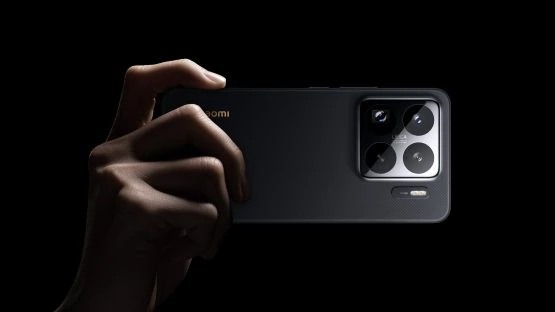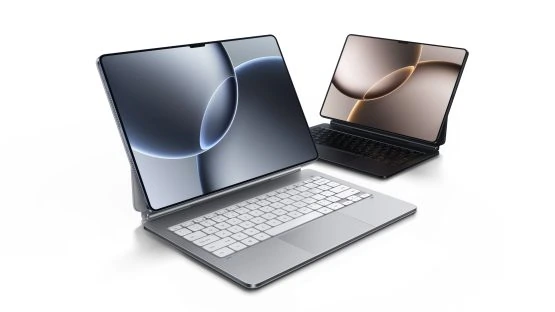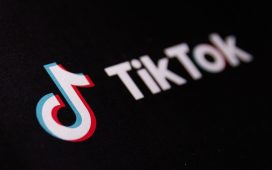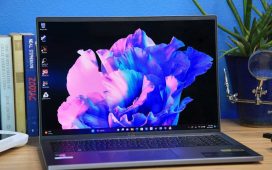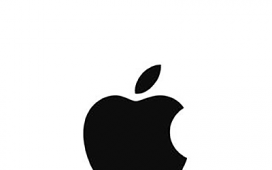Xiaomi has just announced a mobile processor that has been hyped up recently, the Xring O1. Xiaomi actually says that the Xring O1 mobile chip rivals Apple’s offering, but it costs less. So, let’s see what we’re getting here, shall we?
During an event in China, the Xiaomi Xring O1 chip was announced, along with some new hardware. The Xiaomi 15S Pro smartphone and Xiaomi Pad 7 Ultra tablet were also presented, and both include this new chip. We’ll focus on the processor itself, though, as those two devices are China-only at the moment.
Xiaomi says that its new chip challenges Apple’s, while it costs less
Xiaomi’s CEO, Lei Jun, said that the Xring O1 chip beats Apple’s A18 Pro processor on several technical metrics. That includes the ability to run games while producing less heat than the Apple A18 Pro.
CNBC did reach out to Xiaomi for a comment. Lei Jun clarified that “Apple is still number one,” while adding that the Xiaomi Xring O1 is more of an indicator of great effort on Xiaomi’s end, rather than a way to pressure Apple.
Xiaomi will spend $27.7 billion on research and development over a span of 5 years
Lei Jun also added that Xiaomi will spend 200 billion yuan on research and development in the next five years, starting from 2026. He’s also expecting a 30% revenue growth in 2025.
Let’s get back to the chip itself. This is a 3nm processor, just like Apple’s A18 Pro and Qualcomm’s Snapdragon 8 Elite. It is a 10-core processor which comes with dual Cortex-X925 cores clocked at 3.9GHz, four Cortex A725 cores at 3.4GHz, two extra Cortex A725 cores clocked at 1.9GHz, and two Cortex A520 cores set at 1.8GHz. A 16-core Immortalis-G925 GPU is also included, as is a 6-core NPU. That NPU delivers 44 TOPS of AI computing power.
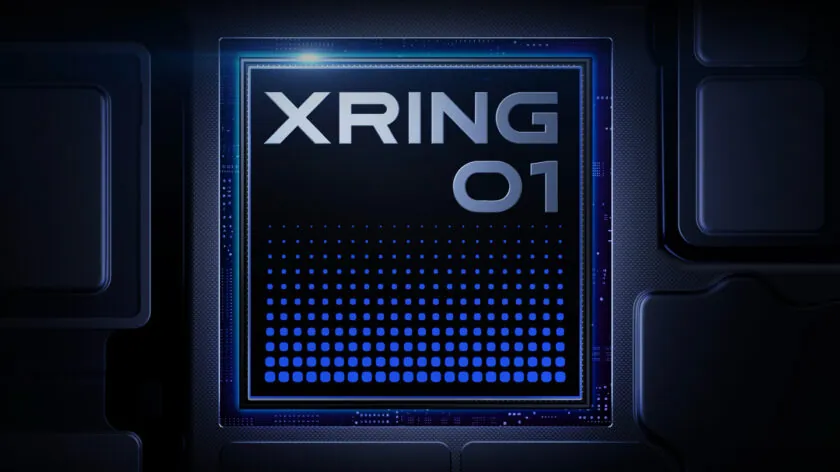
Xiaomi also noted that the Xring O1 (inside the Xiaomi Pad 7 Ultra) achieves 27.5% faster video exports, 51.3% quicker image exports, and 119.3 FPS in MOBA games. A 49% smoother multitasking was also mentioned. We’re just not sure to what the company is comparing this to, though.
The Xiaomi Surge S1 was the company’s first mobile processor, it arrived in 2017
If a Xiaomi chip sounds familiar, that’s because this is not the first processor the company announced. Xiaomi introduced the Surge S1 processor back in 2017. That processor was aimed at a budget category of products, unlike the Xring O1. This is clearly aimed at high-end offerings.
This is an interesting turn of events for Xiaomi, of course. Around 40% of the company’s phones currently use Qualcomm’s and MediaTek’s chips, so it remains to be seen what will happen down the road. Xiaomi will likely use Xring O1 in quite a few more products moving forward, so that percentage of third-party chips is expected to drop. We’re wondering what will the Xring O1 will perform in real-life. It’s a shame Xiaomi did not release more comparison tests with the competition, at least not yet.
Don’t expected to see the Xiaomi Xring O1 in the US
Do not expect to see this processor in the US, however. Xiaomi is not selling its smartphones and tablets in the States, and this chip is currently limited to the company’s products. Chances are that it will stay that way, too. To our knowledge, Xiaomi also doesn’t have plans to make major launches in the US, for a number of reasons. The company was in hot water in the past, as it was “inspired” by Apple on a number of occasions, which raised some eyebrows. The US is also very sensitive to Chinese tech these days, and in the middle of a trade war, so that certainly doesn’t help.
We’re glad that there is more competition in the chip market, however. The more the merrier, as that will push other companies to do an even better job. Qualcomm and MediaTek have been doing an outstanding job lately, and the Apple A18 Pro is also a great offering. Google is expected to announce its Tensor chip, manufactured by TSMC later this year, so… there will be plenty of competition out there.

